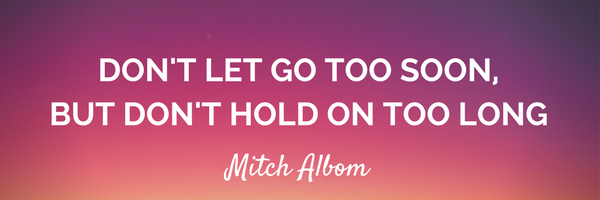
This year has brought a whole new level of parenting as our oldest son is learning how to drive. I’m a certified, master degreed educator with 20 years of experience. I should be able to handle this. But I have to be honest, it is remarkably terrifying! It is not his driving that is the scary part. He’s actually a very careful driver and a quick learner. It is the inability to control the situation that is the most difficult for me. I know how to drive, I have years of experience doing it. We would get there safer and faster if I took the wheel, but the whole point of this is HE needs to learn.
This experience made me reflect on how much control we exert over our students in the classroom. How often do we just take the wheel when we think they are not ready? Have we swooped in to save the day when things were not going according to plan? Do we really let them take control of their learning to gain mastery? One of my favorite questions from Alan November is, “Who owns the learning?” I think many times if we answer honestly, it is the teacher and not the students.
There is value in productive struggle. The struggle is real and that’s OK. That is where the learning happens! Students must sit with hard questions, difficult tasks, test solutions, discuss, debate, question and try again. There is not value in learning if they are just given the answers. As educators we need to support and guide learners with supports to help connect the dots, and then we need to let go. That may be the hardest part of teaching after all!
In a twitter chat earlier this month this tweet from awesome Plano ISD Principal Matthew Arend got me thinking.
A2: gradual release of control & increase of ownership. Movin from teacher centered ➡️student centered learning. #TTESS in TX #leadupchat
— Matthew Arend (@matthew_arend) February 4, 2017
TTESS is the newly created Texas Teacher Evaluation and Support System. The goal is to not only look at teacher practices, but how students respond to what they are doing. The rubric works to move from teacher-centered to student-centered actions. The new model is much more like Cognitive Coaching with continuous feedback and includes the teachers as a partner in their learning by setting goals to create a meaningful professional development plan. It is a great model of differentiated support for teachers, just as we should see in the classroom for students.
It is what teachers do in the classroom that allows the learning to happen, but the students should be the ones doing the real work. It is the educator’s responsibility to set up the learning environment to allow curiosity, make space for real exploration and collaboration, then release control to the students so they are the owners of their learning.
Like my son with his learner’s permit, he is not allowed to go out on the road unsupervised …yet. Thankfully, I get to be there as a guide, providing constant feedback and support while working on my own patience to remain calm. But the end goal is for him to have enough experience and practice to be able to make it out there safely on his own. This is what the classroom should be for students. A place to practice, learn, get feedback and grow enough so they will be able to make it on their own without us. They need to learn how to learn new things, not just content. We can’t let go too soon, but we also can’t hold on too long. What can you let go of to let your learners take the wheel? You may be pleasantly surprised at the outcome.
WoW, I can totally relate because we just finished this with our son, who got his license a few weeks ago. What a fantastic reflection connecting your personal experiences with our professional ones!
LikeLiked by 1 person
Thank you for your comment! Glad to hear you made it through. Funny to see so clearly how we are all still such a work in progress. O matter how old we are!
LikeLike